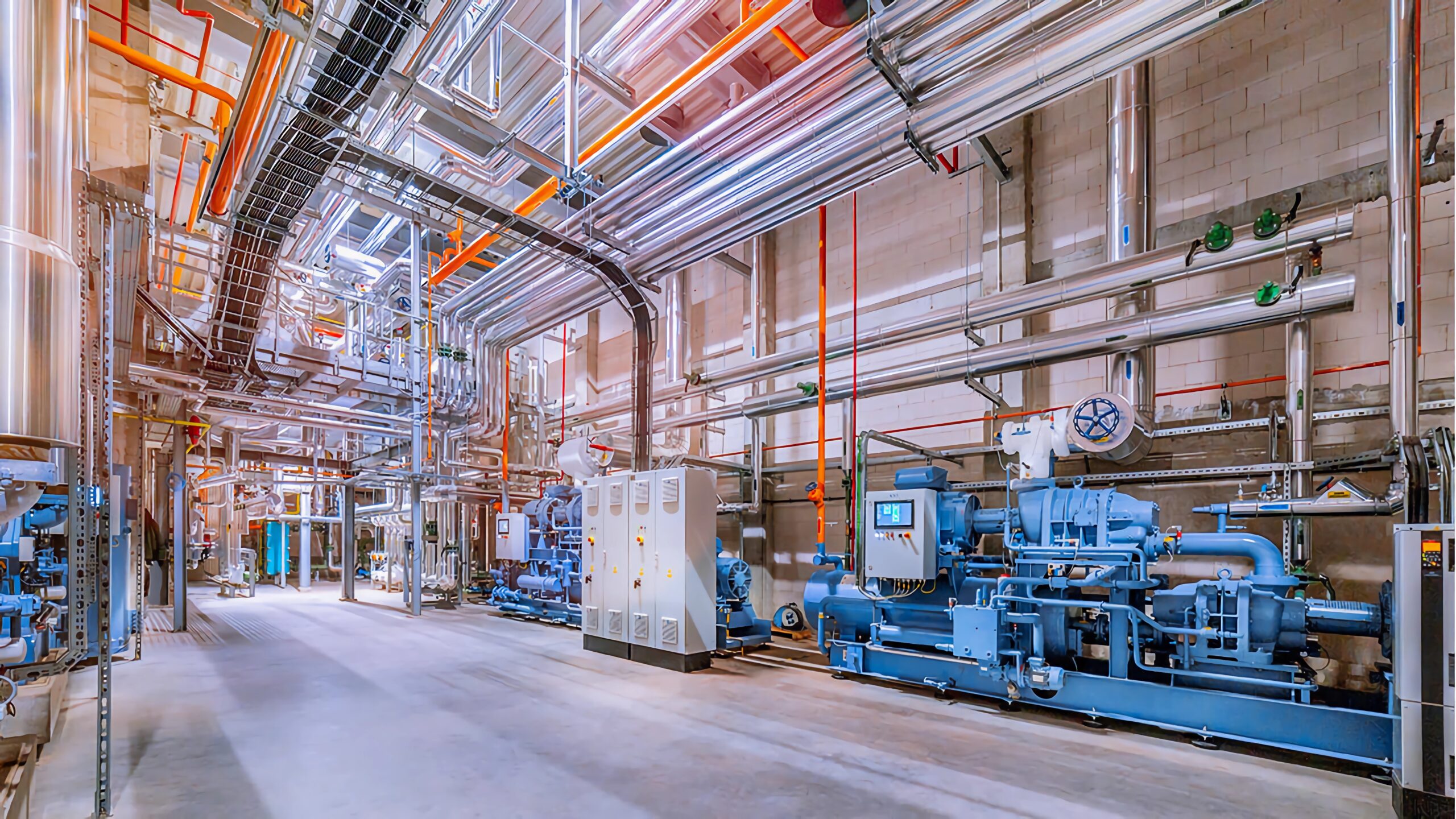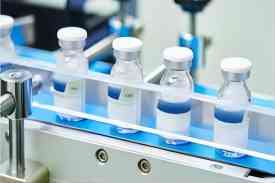| | | Surface characteristics and roughness | | | |
| | | | | External surface and welding area | |
| From cold rolled materialᵃ Welded,welding bead rolled | | Ra ≤ 0,80 μm pickled and passivated | Ra ≤ 1,60 μm pickled and passivated | | |
| | | | | Mech. polished, Ra ≤ 1,00 μm | |
| | | Ra ≤ 0,80 μm pickled and passivated or bright annealed | Ra ≤ 1,60 μm pickled and passivated or bright annealed | pickled and passivated or bright annealed | |
| | | | | Mech. polished, Ra ≤ 1,00 μm | |
| From cold rolled materialᵃ Welded,welding bead rolled | | Ra ≤ 0,80 μm pickled and passivated | Ra ≤ 0,80 μm pickled and passivated | | |
| | | | | Mech. polished, Ra ≤ 1,00 μm | |
| | | Ra ≤ 0,80 μm pickled and passivated or bright annealed | Ra ≤ 0,80 μm pickled and passivated or bright annealed | pickled and passivated or bright annealed | |
| | | | | Mech. polished, Ra ≤ 1,00 μm | |
ᵃ From cold rolled material according to EN 10028-7:2016,Table 6, finish 2B, 2D or 2R. | | | | | | |
Tubes that are not bright annealed and not heat treated shall be internally and externally pickled and passivated. After rinsing,residual acid or welding discolouration shall not be present. Further cleanliness requirements shall be agreed upon in the order. | | | | | | |
The weld shall be worked down so that it is flush with the tube wall and then smoothed. There shall be no overlapping of the weld metal and parent metal. There shall also be no protrusions root gaps (lack of full penetration),overlapping or misalignment of edges,open pores (porosity) or traces of rolling. | | | | | | |



